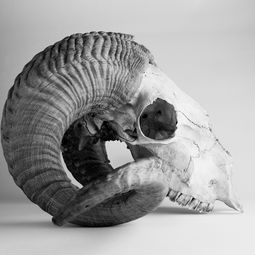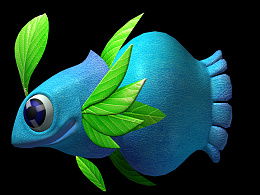Content:
Fishing with live eels has been a popular method among anglers for centuries. The unique movement and natural appearance of live eels make them highly effective baits for catching a variety of fish species. In this article, we will discuss the essential techniques for using live eels to fish successfully.
Choosing the Right Live Eels
The first step in using live eels for fishing is to choose the right ones. It is important to select eels that are healthy, active, and have a good color. Avoid eels that are lethargic or have visible injuries, as these may not be as effective as healthy eels. The size of the eels should also be appropriate for the fish species you are targeting. Larger eels may be more effective for bigger fish, while smaller eels can be used for smaller species.
Keeping Live Eels Alive
To ensure that your live eels remain active and effective, it is crucial to keep them alive. Here are some tips for maintaining the vitality of live eels:
a. Keep eels in a well-aerated container: Use a bucket or a specialized eel container with an aerator to provide adequate oxygen. Ensure that the container is large enough to accommodate the eels comfortably.
b. Use a suitable medium: Fill the container with a layer of damp sand or a fine gravel mixture to create a natural environment for the eels. This will help them stay calm and healthy.
c. Avoid overcrowding: Overcrowding can stress the eels and reduce their chances of survival. Ensure that there is enough space for each eel to move around freely.
d. Change the water regularly: Replace the water in the container every few days to maintain water quality and prevent the buildup of harmful bacteria.

Preparing the Live Eels
Before using live eels for fishing, it is important to prepare them properly. Here are some tips to ensure that the eels are ready for use:
a. Remove the pectoral fins: This will prevent the eels from escaping during the fishing process. Use a pair of scissors or a knife to carefully remove the fins.
b. Trim the tail: Trimming the tail can make the eels more appealing to fish. Use a sharp knife to cut off the tail, ensuring that the cut is clean and smooth.
c. Keep the eels in the shade: Store the eels in a cool, shaded area to prevent them from overheating and becoming stressed.
Choosing the Right Equipment
To fish with live eels, you will need the following equipment:
a. Rod and reel: Choose a rod and reel that are suitable for the fish species you are targeting. A medium-heavy rod with a sensitive tip is often recommended for live eel fishing.
b. Line: Use a monofilament line with a breaking strength that matches the fish species you are targeting. A line between 10 to 20 pounds is usually sufficient.
c. Hook: Select a size-appropriate hook that will securely hold the eel. A size 4 to 6 hook is commonly used for live eel fishing.
d. Swivel: Use a swivel to prevent the eel from twisting the line when it moves.
Techniques for Live Eel Fishing
Now that you have the equipment and prepared your live eels, it's time to learn the techniques for fishing with them:
a. Positioning the bait: Attach the eel to the hook using a simple knot, such as the improved clinch knot. Ensure that the eel is securely attached but not too tight, as this can cause stress and harm the eel.
b. Casting: Cast the line out into the water, allowing the eel to swim freely. It is important to keep the line taut but not too tight, as this can restrict the eel's movement.
c. Patience: Live eel fishing requires patience. Allow the eel to swim around and explore the area. Fish may take some time to notice the eel, so be prepared to wait.
d. Sensitivity: Pay close attention to the rod tip. When a fish strikes, the rod will bend or move. Set the hook quickly and securely to ensure a successful catch.
e. Reeling in: Once you have a fish on the line, reel it in slowly and steadily. Be prepared for a fight, as some fish may put up a strong struggle.
By following these techniques, you can increase your chances of success when fishing with live eels. Remember to always handle the eels with care and release them back into the water after catching your fish, as they are a valuable resource for many species. Happy fishing!












